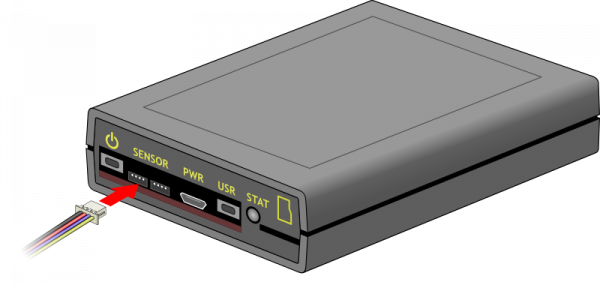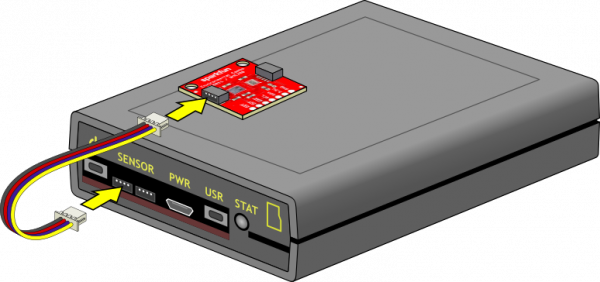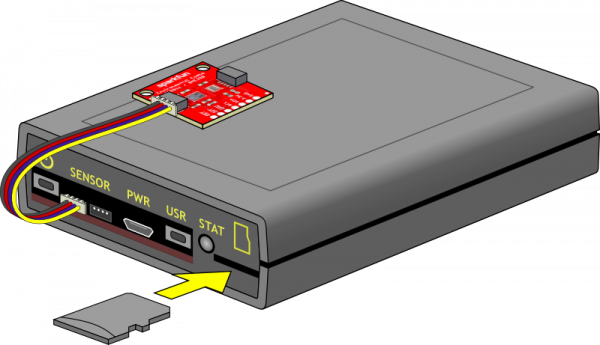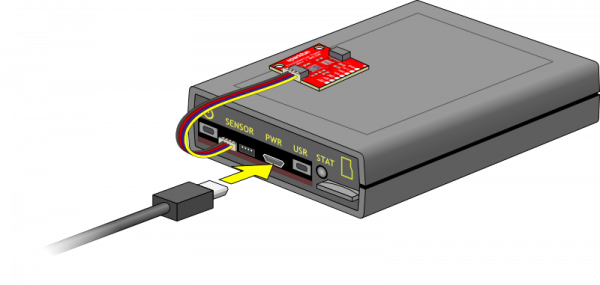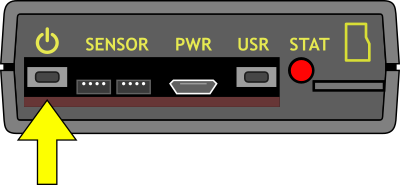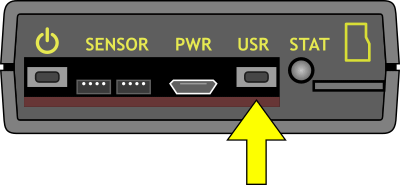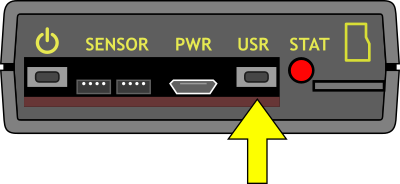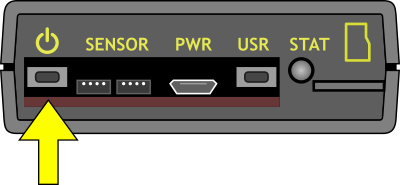Sensor System Hookup Guide
Introduction
The Sensor System is a sophisticated environmental data recording device. You can use it to record barometric pressure, humidity, temperature, volatile organic compounds (VOC), and equivalent CO2 levels.
This guide will show you how to:
- Set Up the Sensor System Hardware
- Start Recording Environmental Data
- Stop Recording Data
Required Materials
To get your Sensor System up and running, you'll need the following supplies. All of these items (except the computer) are included if you received the Sensor System kit.
- Sensor System
- Qwiic Cable
- SparkFun Environmental Combo Breakout - CCS811/BME280 (Qwiic)
- MicroSD Card
- MicroSD Card Reader (USB Adapter or Full-Size SD Adapter).
- USB Power Supply (Wall Adapter or Battery Pack)
- micro-B USB Cable
- Desktop or Laptop Computer
Quickstart
A printable, one-page quick-start is available here. Please refer back to this guide for full instructions and troubleshooting information.
Setting Up the Sensor System
Plug the Combo Environmental Sensor into the Sensor System
Locate the Qwiic cable (it's pronounced "quick"). It's the short cable with multicolored wires.
Take a moment to familiarize yourself with the tiny connectors on this cable. The connector will only go in one way, but you may damage the socket if you force it.
If you look at the ends of the connector, you'll see a row of holes on the upper half of the connector. This matches the pins in the upper half of the sockets on the boards.
Gently plug one end of the cable into one of the sockets on the Combo Environmental Sensor. There are two sockets on the sensor; it doesn't matter which one you plug the cable into.
Now plug the other end of the cable into one of the "SENSOR" sockets on the Sensor System. As with the Sensor Board, it doesn't matter which one you use.
To keep the Combo Sensor board from dangling off the Sensor System, mount the sensor to the top of the Sensor System using double-sided tape, hook-and-loop tape, etc.
That's it! You should not need to unplug the Combo Sensor board again unless you want to swap it out for a different sensor.
Recording Data with the Sensor System
1. Insert the MicroSD Card into the Sensor System
With the Sensor System unplugged from any power supplies, gently insert the microSD card into the slot on the right side of the front panel. It will only fit one way; the gold pads on the microSD card should be facing down and the label should be facing up.
Note that this microSD socket does not "click" like some sockets do. Simply press the card into the slot until it stops. A portion of the microSD card will protrude from the panel, allowing you to remove it later.
3. Plug the USB Power Cable into the Sensor System
The Sensor System runs on USB power. This could come from a Wall Adapter, or a USB Battery Pack for portable use.
Plug the micro-B USB end of the cable into the Sensor System. This connector has a subtle "D" shape to it, and will only fit one way. It should snap securely into the Sensor System.
Now plug the other end of the USB Cable into your USB power supply if it isn't already.
4. Turn On the Sensor System
Briefly press the power button on the left side of the Sensor System's front panel. The STAT LED will blink once or twice, then light up solid red if everything is plugged in correctly.
If the LED keeps blinking, the number of blinks can help you find the problem. See the Troubleshooting section below.
5. Begin Recording Data
When your Sensor System is in the location you want to study and you're ready to begin recording, briefly press the USR button on the front panel of the Sensor System. The LED will turn green and flash each time it records new data.
6. Stop Recording Data
When you're finished recording data, briefly press the USR button on the front panel of the Sensor System. The LED will turn red to indicate that recording has stopped.
7. Turn Off the Sensor System
Briefly press the power button on the left side of the front panel of the Sensor System. The LED will turn off.
8. Remove the MicroSD Card
Once the Sensor System is turned off, grip the protruding end of the microSD card and gently pull it out of the Sensor System. You can now insert the microSD card into an adapter (USB reader or full-size SD card) and read the data using your computer.
Troubleshooting
LED Blink Codes
When you power up the Sensor System, the "STAT" LED should blink once or twice, then stay solid red. If it remains blinking, you can count the number of blinks to determine the problem:
If the red LED blinks ONCE repeatedly (on/off), there's a problem with the microSD card. Remove power from the Sensor System, remove and replace the microSD card, and try powering it up again. If you continue having problems, you might try a different microSD card, or reformat the one you have (see below).
If the red LED blinks TWICE repeatedly (on/on/off), there's a problem with the Combo Environmental Sensor or its cable. Remove power from the Sensor System, disconnect the Sensor, and ensure that the connectors and sockets are undamaged. Then re-connect the sensor and try powering it up again. If you still cannot get the sensor to work, you may need to replace the sensor and/or cable.
Reformatting the MicroSD Card
If the microSD card refuses to work, you might try reformatting it with your computer. Note that you normally shouldn't need to do this; the microSD card comes preformatted and ready to use.
Formatting instructions vary by computer and operating system. The general steps are:
Insert the microSD card into one of the adapters (USB card reader or full-size SD card), and insert it into your computer. It will show up as a new hard drive.
Select the proper drive in your computer's "File Explorer" or "Finder" window.
Choose "format" from the drive options.
Ensure that "FAT32" is selected as the file system type.
Start the format.
When it is done, safely remove the card from your computer, and proceed with the Sensor System instructions above.



